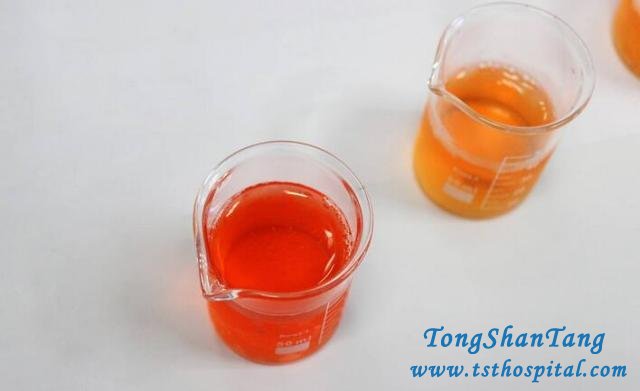There are 7 types of IgA Nephropathy. Some can be cured automatically, while some will go into ESRD. Which kind of IgA Nephropathy are you?
40 years ago, Berger reported IgA Nephropathy firstly. From then on, this kind of glomerulonephritis became worldwide known. Its symptoms are found to be numerous. It can be asymptomatic with only occult blood. It can also be occult blood with proteinuria. Besides, it can also be typical Nephrotic Syndrome (massive proteinuria).

Each IgA Nephropathy patients have different prognosis. Some can lead a normal life with only occult blood. Some may progress slowly. About 25% of patients go into kidney failure within 20 years, while some are with rapidly progressive crescent, so they go into kidney failure within several months.
Types of IgA Nephropathy
According to pathological grading, this disease is classified into five levels. Now let’s see a brand new classification.

1. Isolated microscopic hematuria type
It is seldom observed, but its prognosis is better than other types.
2. Repeated gross hematuria type
Hematuria is usually caused by tonsil infection, and in most cases, tonsil is recommended to removed.
3. Abnormal urine test type
It is the most common type clinically. Its onset is usually not obvious. And it is usually characterized by slight to moderate proteinuria, accompanied with microscopic hematuria. No high blood pressure. Kidney function is normal. Without aggressive treatment, high blood pressure and kidney failure may appear.
Treatment:
ACEI and ARBs are often used as initial treatment. For patients with 1-3.4g proteinuria, steroids or immunosuppressants are often applied, including Cellcept.
For patients with over 3.5g proteinuria, please refer to type 5.
4. Crescent type
Renal biopsy shows that glomerular crescents appear. You may have massive microscopic hematuria or persistent gross hematuria accompanied with high blood pressure or renal insufficiency. Most patients go into uremia within 4 years.

5. Massive proteinuria type
Typical Nephrotic Syndrome. With no or slight microscopic hematuria. High blood pressure, renal insufficiency and renal tubular dysfunction may appear.
Treatment: This kind of IgA Nephropathy usually has slight tubulointerstitial lesions, which can be treated with steroids. If the effect is good, you can keep on treatment. If you have severe tubulointerstitial lesions or impaired renal function, and the effect of steroids and cytotoxic drugs is not good, symptomatic treatment is recommended to protect kidney function and avoid infections and other complications brought by the over use of immunosuppressants. Cellcept and cytoxan are not recommended.
6. High blood pressure type
This is an isolate IgA Nephropathy, which still needs a clear definition.
7. ESRD type
The kidneys have failed to work. It is irreversible.
All in all, there is not effective treatment in the western medicine to treat IgA Nephropathy well. If you are looking for alternatives, you can try Chinese medicine. For more information, please leave a message below or contact online doctor.
- Email:tsthospital@hotmail.com
- WhatsApp/WeChat/Phone Number:+86 15512139310
- Kidney Treatment Group:
- https://chat.whatsapp.com/2ZCOvebPJdr9QGkyfiqxDz
- Tag: IgA Nephropathy IgA Nephropathy Diagnosis
- previous:none
- next:none

